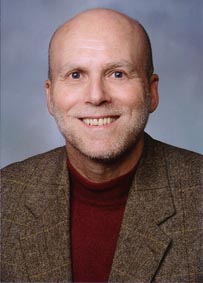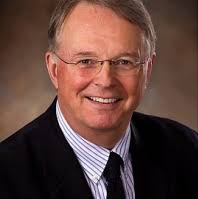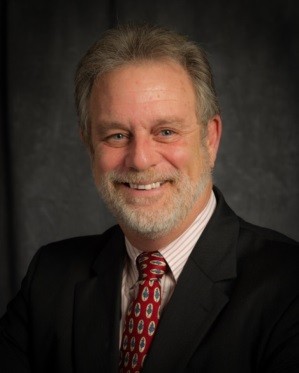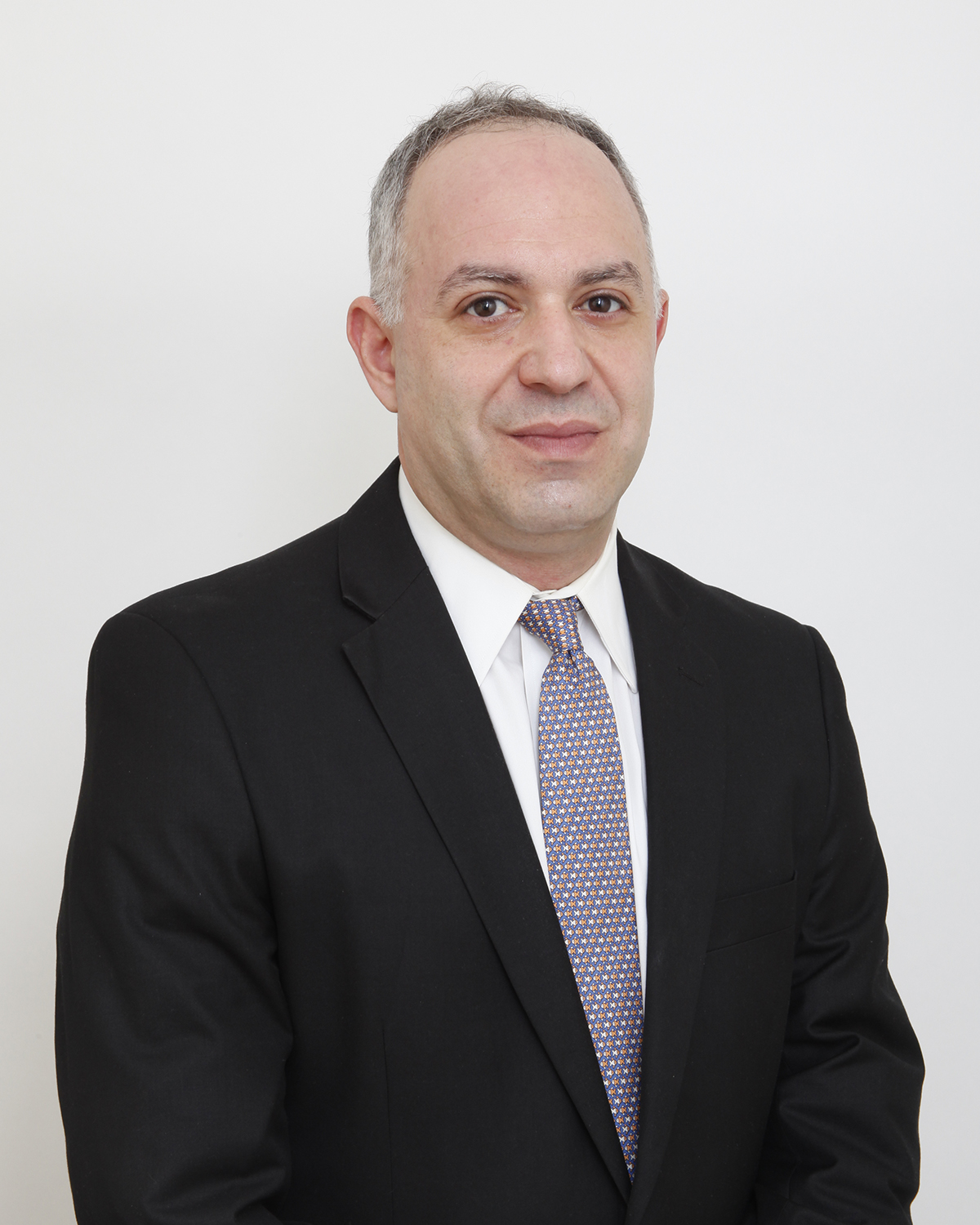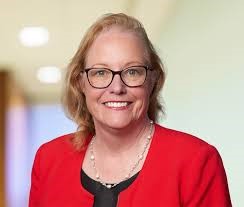Updates to the EPA Final Rule for Hazardous Waste Pharmaceuticals and FDA-Approved Nicotine
The Resource Conservation and Recovery Act (RCRA) rules and amendments passed by the Environmental Protection Agency (EPA) since 1980, have applied to healthcare as a generator of hazardous waste but have not been consistently enforced. RCRA rules require the management of all hazardous waste generated to protect human health and the environment, reduce or eliminate (waste minimization) the amount of waste generated including hazardous waste and conserve energy/natural resources through waste recycling/recovery.
Because RCRA rules were not initially designed for healthcare settings, the EPA has passed several amendments to eliminate hazardous waste pharmaceuticals from sewer disposal, greatly expanded the definition of healthcare facilities, included an exemption for the FDA over- the-counter nicotine replacement therapies from being considered acutely hazardous waste and created a new Part 266 Subpart P to specifically deal with the disposal hazardous pharmaceutical wastes.
This presentation will outline the goals of the new pharmaceutical rule and dates for adoption. We will identify the facilities that are now included in the ”healthcare facility” definition and describe the elements of Part 266 Subpart P of the RCRA rules. There will be an opportunity for Q & A.
- Identify the goals of the new pharmaceutical rule
- List effective dates and states timeline for adoption
- Discuss the adoption for change in nicotine listing
- Describe the sewer ban for all hazardous waste pharmaceuticals
- Define elements of Part 266 Subpart P" including the EPA definition of "healthcare facilities"
- Review key online resources
The Resource Conservation and Recovery Act (RCRA) rules and amendments passed by the Environmental Protection Agency (EPA) since 1980, have applied to healthcare as a generator of hazardous waste but have not been consistently enforced. RCRA rules require the management of all hazardous waste generated to protect human health and the environment, reduce or eliminate (waste minimization) the amount of waste generated including hazardous waste and conserve energy/natural resources through waste recycling/recovery.
Because RCRA rules were not initially designed for healthcare settings, the EPA has passed several amendments to eliminate hazardous waste pharmaceuticals from sewer disposal, greatly expanded the definition of healthcare facilities, included an exemption for the FDA over- the-counter nicotine replacement therapies from being considered acutely hazardous waste and created a new Part 266 Subpart P to specifically deal with the disposal hazardous pharmaceutical wastes.
This presentation will outline the goals of the new pharmaceutical rule and dates for adoption. We will identify the facilities that are now included in the ”healthcare facility” definition and describe the elements of Part 266 Subpart P of the RCRA rules. There will be an opportunity for Q & A.
- Managers of RCRA hazardous waste
- Pharmacy directors
- All clinic managers
- Accreditation specialists
- Senior leaders
Marge McFarlane, Ph.D., MT (ASCP), CHFM, CJCP, CHSP, HEM, MEP, brings over 40 years of comprehensive experience in the environment of care, life safety, emergency management and infection prevention for construction. Merge has authored handbooks on the GHS update to the OSHA Hazard Communication Standard and OSHA training for Medical Facilities. She is a frequent presenter for seminars, regional conferences, and audio conferences on OSHA topics, infection prevention, and hazardous materials/RCRA waste streams and emergency management. She is currently working with healthcare systems and clinics nationally to identify and mitigate risks in the physical environment.
McFarlane holds a Ph.D. in Safety Engineering and master’s degrees in Environmental and Public Health (ENPH) from the UW – Eau Claire and Risk Control from the UW–Stout. She is a member of the Wisconsin Healthcare Engineering Association (WHEA) Code Committee, the American Society of Healthcare Engineers (ASHE) and the International Association for Healthcare Security and Safety (IAHSS). She is a FEMA Master Exercise Practitioner and has served as a healthcare subject matter expert for regional, state and national exercises.
Upcoming Webinars
